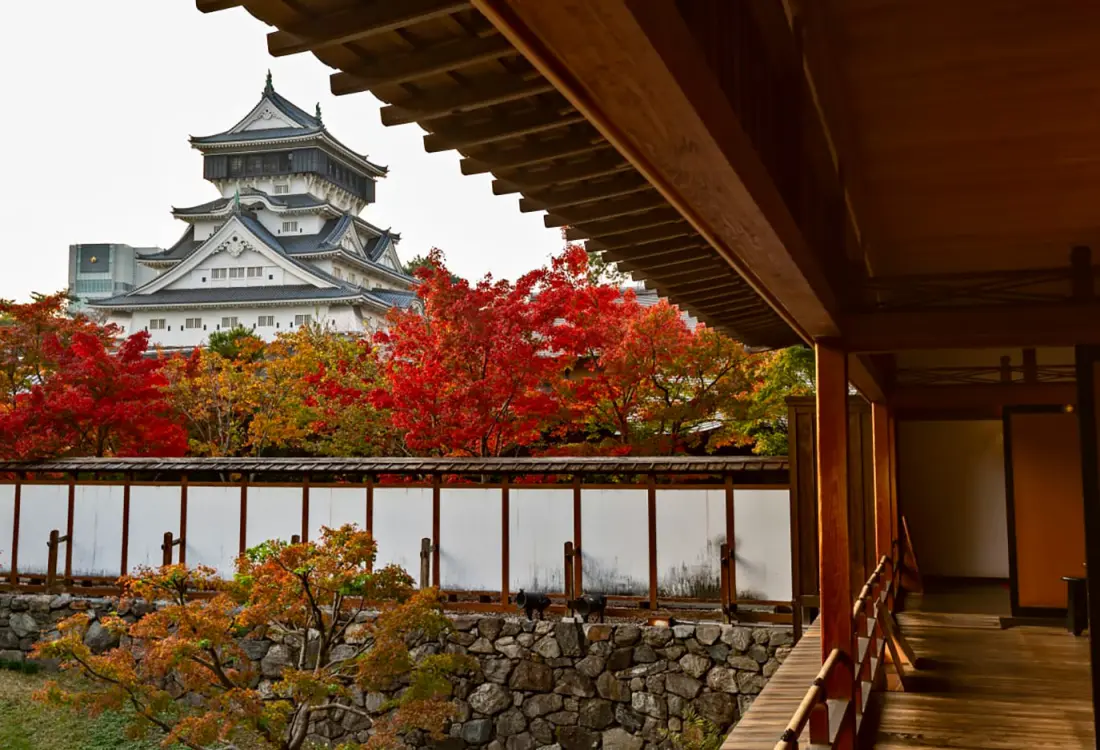
Kitakyushu Highlights
Kokura Castle and Kawachi Wisteria Garden
Fukuoka Prefecture is a treasure trove of Japanese history, natural beauty, and incredible eats. While many visitors to Fukuoka head straight to Hakata station on the Shinkansen bullet train from Tokyo or Kyoto, why not make a stop at Kitakyushu? The adventurous in spirit will be rewarded for their efforts to get off the beaten path.
Kitakyushu is Fukuoka Prefecture’s northernmost city, and its Kokura Station is the next stop after Hakata (Fukuoka) on the Shinkansen bullet train line. To the uninitiated, Kitakyushu might look like just another modern urban landscape, with its shopping malls, department stores, and energetic nightlife. But venture into central Kitakyushu and you’ll find its true history is that of an ancient castle town. The visage of historic Kokura Castle stands in vivid contrast to the futuristic look of Riverwalk Kitakyushu, a nearby multi-purpose complex. And while the people of Kitakyushu appreciate the modern conveniences of the area, Kokura Castle will always be the symbol and heart of the city. Tadaoki Hosokawa, a samurai lord who lived in the late Sengoku period and early Edo period (late 16th century to early 17th century) built the castle in 1602, although the current castle tower was rebuilt in 1959.

As I entered Kokura castle, I was prompted to disinfect my hands with sanitizer, and signs posted inside the castle alerted me to follow social distancing guidelines to prevent the spread of the coronavirus.
Inside the castle, I spent a leisurely time browsing the exhibition corner introducing the history of Kokura Castle. While the exhibition corner introducing the history of Kokura Castle has exhibits for all ages and interests, I particularly enjoyed several glass displays where you can see huge dioramas of Kokura Castle and the town as they appeared in their prime. The incredible level of detail found in these dioramas helped me envision what daily life in a castle town might have been like.


A large taiko drum on display was taken from its original location on the top floor of the castle. While taiko drums are commonly used for musical and religious performances, this one was used to sound a warning for the people in the event of a natural disaster or attack.
Also on display was a palanquin that feudal lords rode in as they traveled back and forth between Kokura and Edo (modern-day Tokyo) which visitors can actually enter to experience what it was like to ride on one. It was hard to imagine making the weeks-long journey from Kyushu to Tokyo inside such a small contraption, but I suppose it was better than having to carry it!

Another room depicts a group of samurai seated in the throne room discussing military strategy. The history of Kokura Castle came alive as I interacted with these life-like displays and watched historic events in a wide-screen theater.

Little did I know, the best was still to come. From the top floor of the castle, I witnessed an incredible panoramic view of the town below. The most spectacular view is from the east side of the observatory where one can look down at the beautiful Kokura Castle Japanese Garden.
Just beyond the garden, you can see the Murasaki River. The side of the river closest to the castle was where the samurai lived and the other side was where the townsmen lived, but you’ll have to use your imagination as both have been modernized beyond recognition.
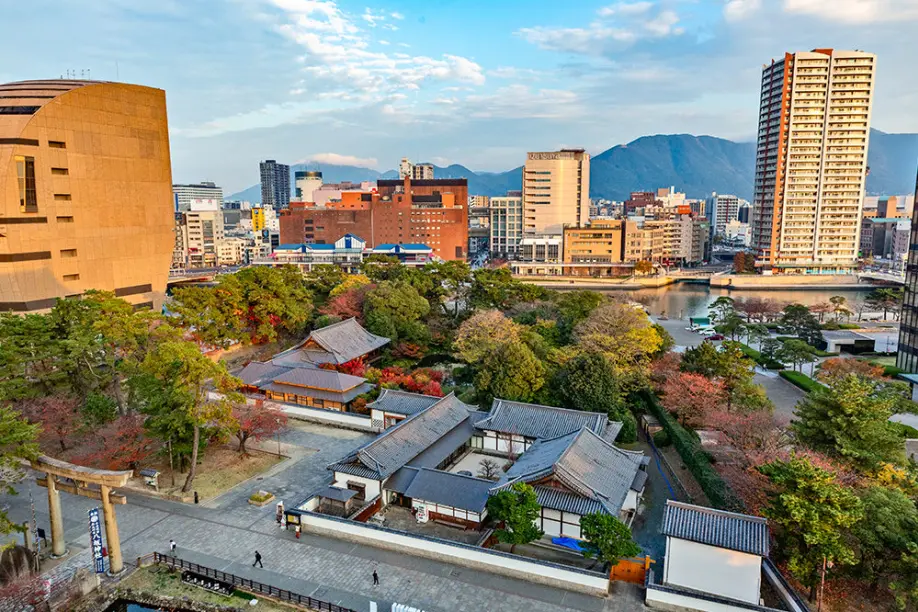
After an aerial view of the garden from the castle tower, I was excited to stroll through the Kokura Castle Garden to see it up close. The garden was built in 1998 on the site of the former guest house of the daimyo (feudal lord). This garden, along with the Shoin House, is a recreation of property owned by a samurai family during the Edo Period. After paying the fee and entering the garden, I was greeted by the spectacular sight of a path lined with sugar maple and red maple trees.
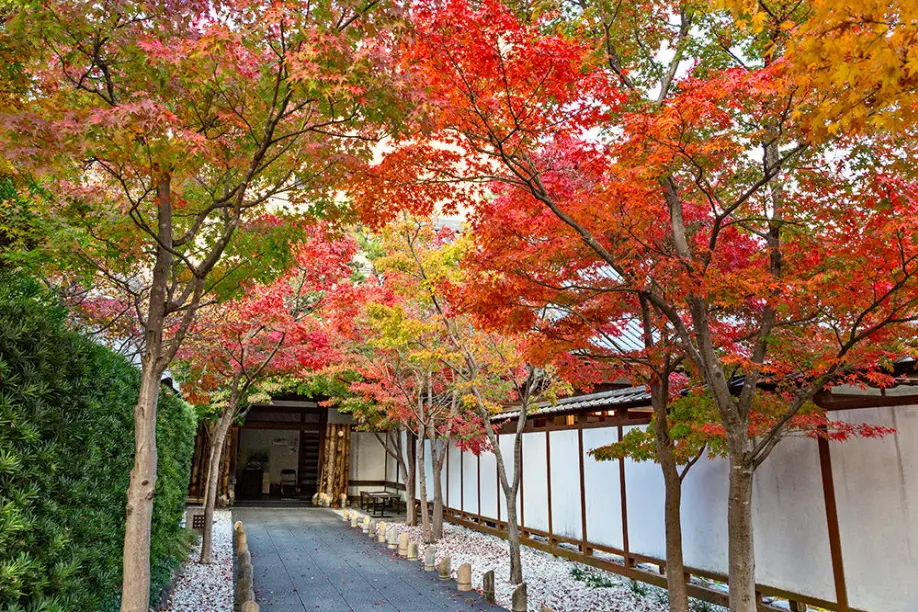
The maple tree path led me to the Shoin House. This is where the samurai lord would have carried out his duties and entertained guests. From inside the rooms, the guests would be treated to a beautiful view of the garden and pond below and the majestic sight of Kokura Castle beyond it while enjoying matcha green tea.
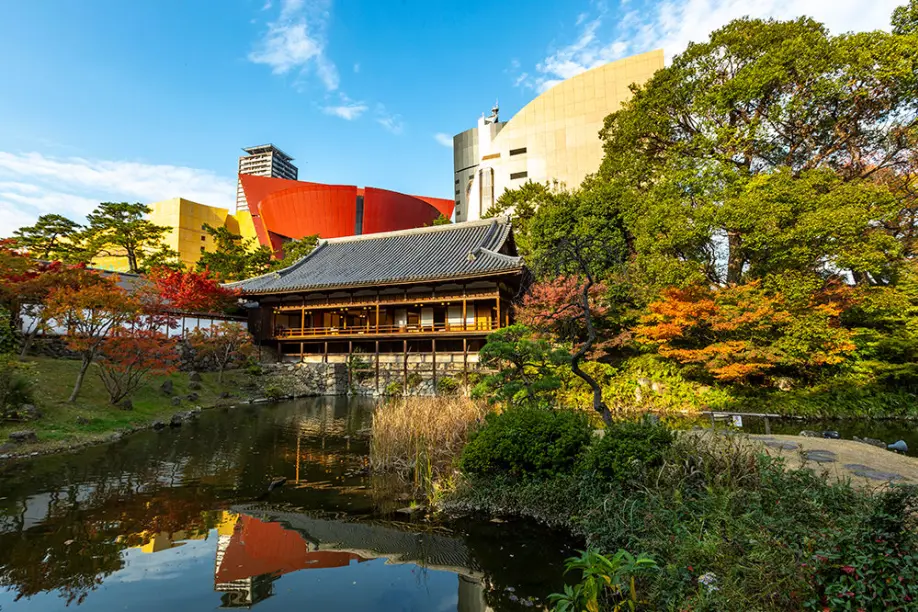

I paused to take a picture of Kokura Castle and the big torii gate next to it, an unusual opportunity to photograph two of Japan’s famous icons together.
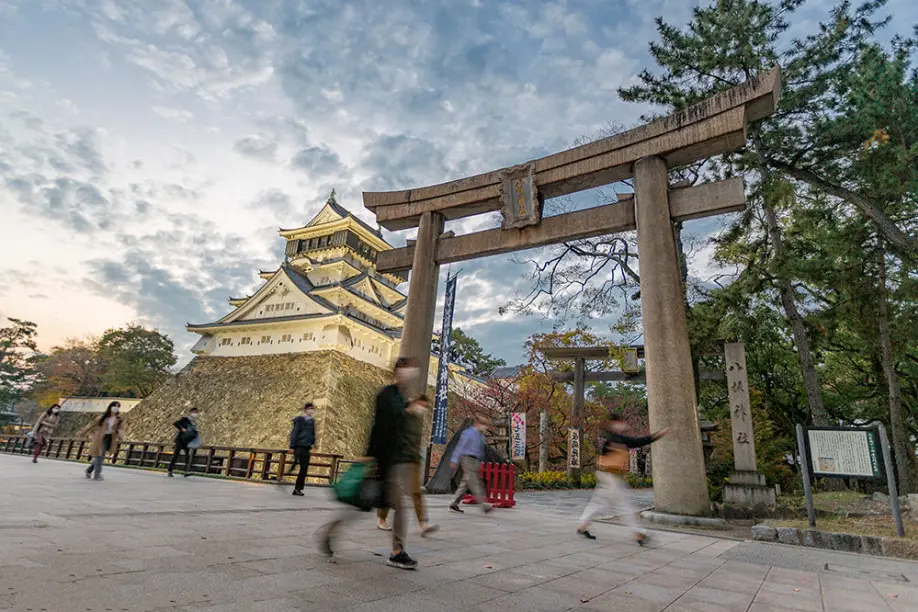
I would also like to introduce another great place in Kitakyushu. It is a spectacular view that can only be encountered during the latter half of April and the first half of May.
The Kawachi Wisteria Garden is a 25-minute drive away, and it offers a wonderful view of wisteria in the spring. Thanks to their feature on CNN International, these gardens have become a destination for many people from around the world. This private Fukuoka garden had its beginning in 1977 and showcases about 100 trees which consist of 22 types of wisteria in a vast array of colors, growing over an incredible 10,000 square meter area. Two wisteria tunnels are especially popular; the first one is 80m long and the second is 220m long. Entering the tunnels, I felt as if I entered some mystical world of color.
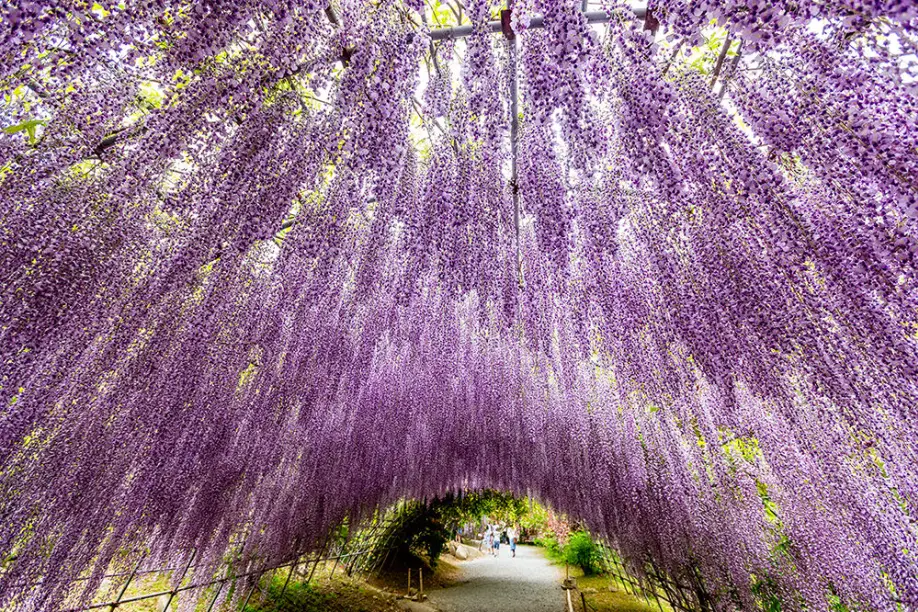
The tunnels may be the most popular attractions in the garden, but just as lovely are the wisteria domes and trellises. Thousands of wisteria flowers hang down from above, backlit from the sunshine overhead. The effect is something difficult to fully capture in a photograph.
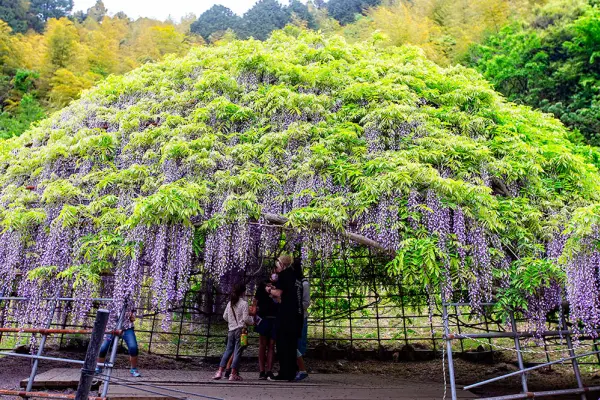

As you stroll the gardens, you feel your stress being lifted off your shoulders as you take in the incredible colors of nature. I also enjoyed watching other families, couples, and friends mesmerized by the magic of its natural beauty.
The Kawachi Wisteria Garden and its wisteria, which blooms from late April to early May, is a popular destination spot so don't forget to buy your tickets in advance at a convenience store.
For both its dramatic samurai history and the beauty of its gardens, Kitakyushu is a worthy place to explore on your visit to Kyushu.
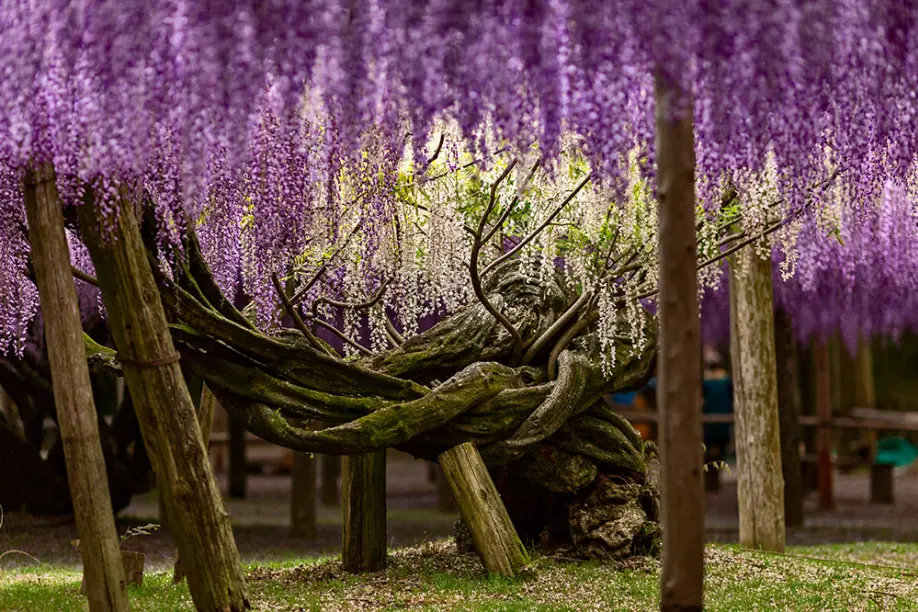
Note: This blog post was written during a time when preventive measures for COVID-19 were being undertaken. These measures are expected to be relaxed going forward.

Riz
Riz is a freelance writer, photographer, and adjunct university lecturer. He once mistook wasabi for matcha ice cream. Having lived in Japan for 20 years, Riz no longer makes this mistake. He is happily married, has 3 children, and one skittish cat.
 Enjoy The Relaxing Nature And Intriguing History Of Unesco World Heritage Amakusa
Enjoy The Relaxing Nature And Intriguing History Of Unesco World Heritage Amakusa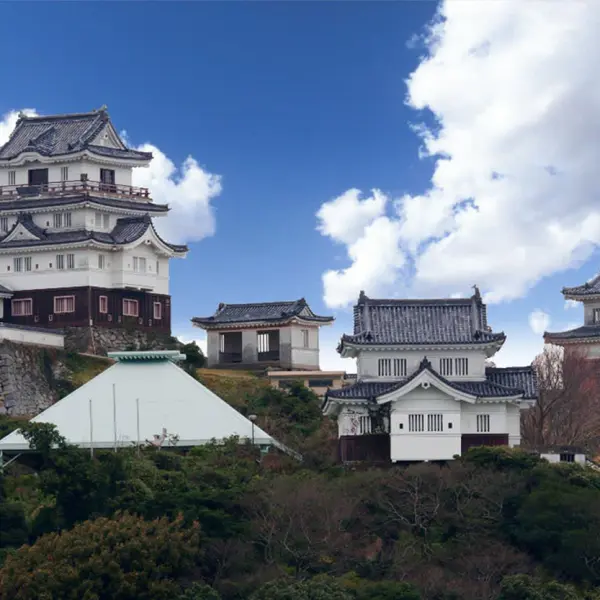 Hirado Castle Stay
Hirado Castle Stay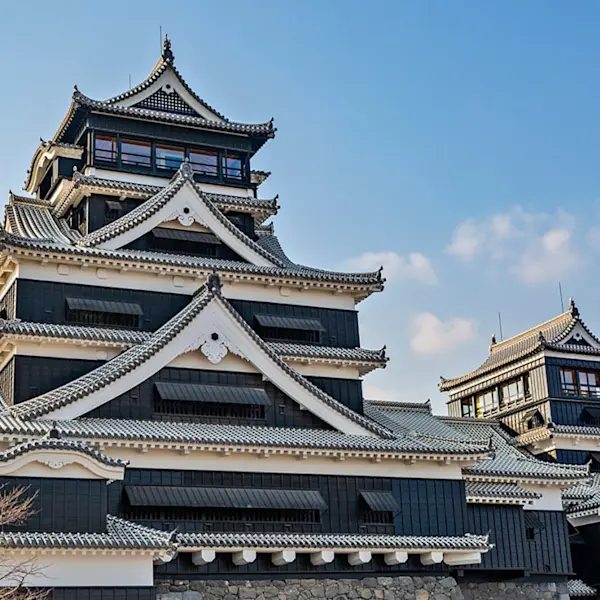 Kumamoto Castle: Exploring the History
Kumamoto Castle: Exploring the History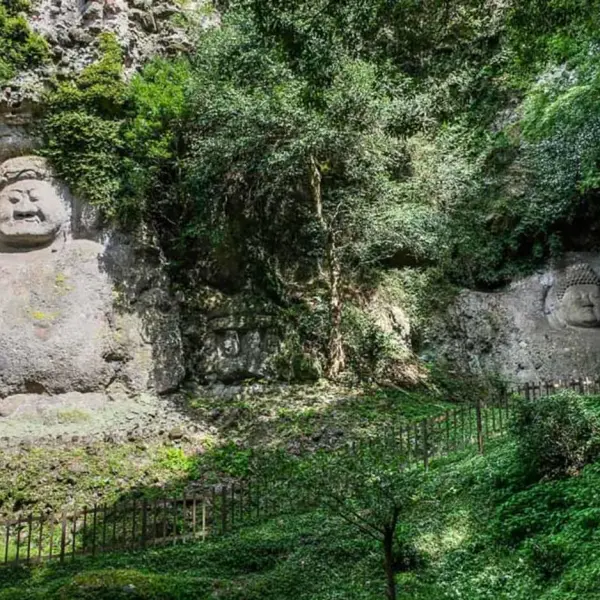 The Spiritual Trek of Kunisaki’s Rokugo Manzan Temples and Sites
The Spiritual Trek of Kunisaki’s Rokugo Manzan Temples and Sites Trade, War and Religion: The Many Faces of Nagasaki City
Trade, War and Religion: The Many Faces of Nagasaki City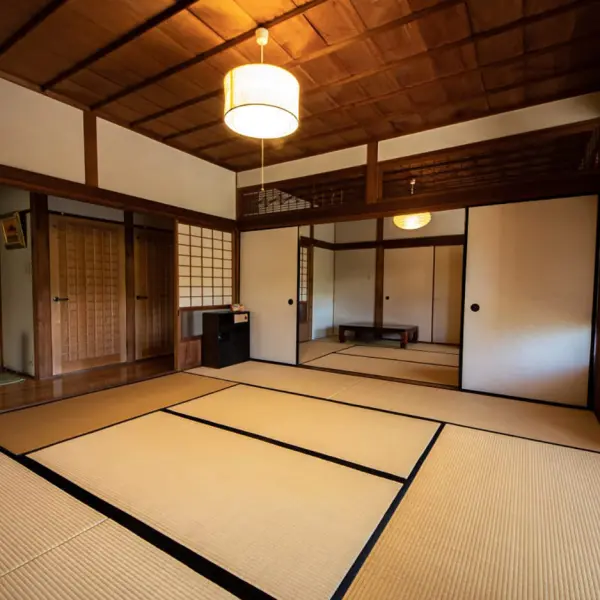 Exploring Obi Castle
Exploring Obi Castle Kitakyushu Highlights: Kokura Castle and Kawachi Wisteria Garden
Kitakyushu Highlights: Kokura Castle and Kawachi Wisteria Garden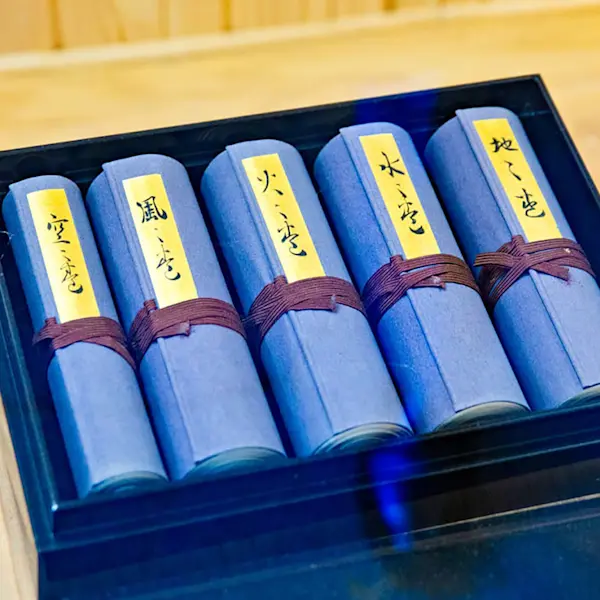 Musashi Miyamoto: Perhaps the Best Samurai Swordsman in Japan
Musashi Miyamoto: Perhaps the Best Samurai Swordsman in Japan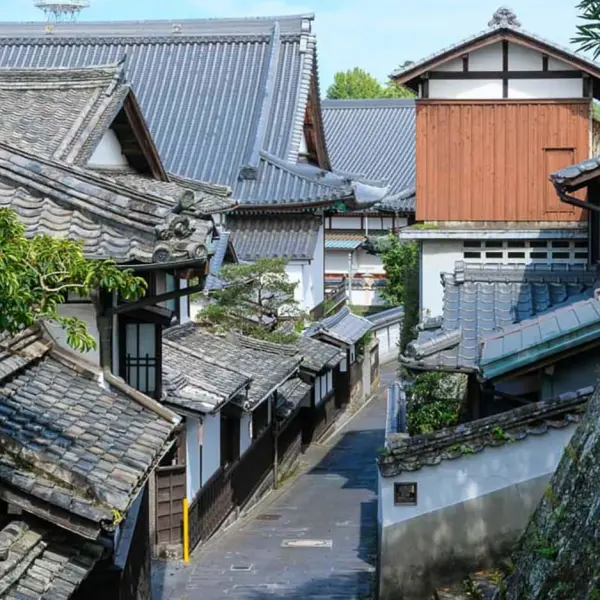 Usuki's Samurai District and Edo Period Castle Town
Usuki's Samurai District and Edo Period Castle Town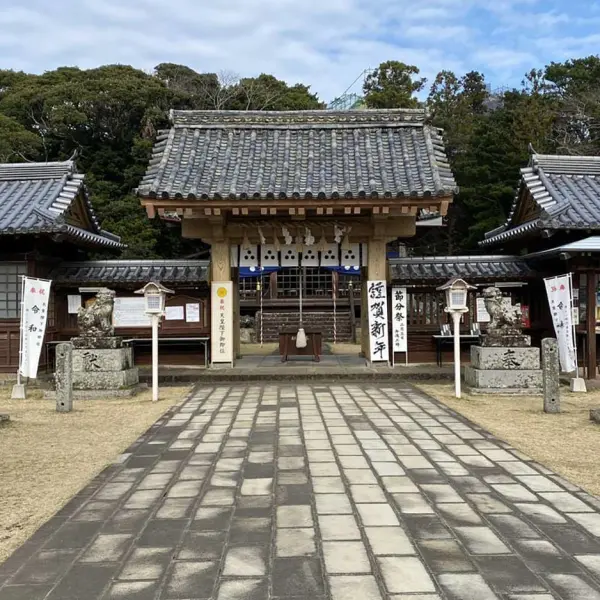 Hirado Matsuura Clan: Over 1,000 Years of History
Hirado Matsuura Clan: Over 1,000 Years of History




